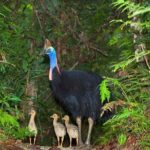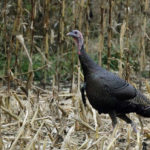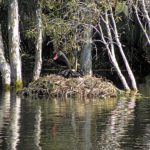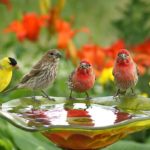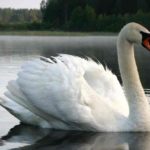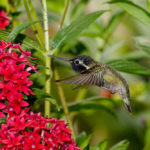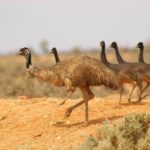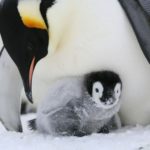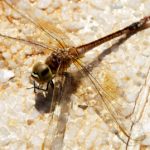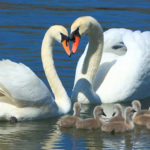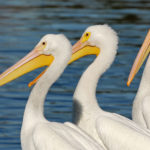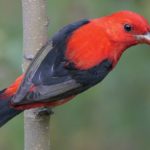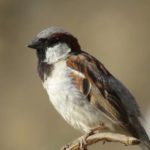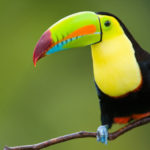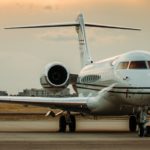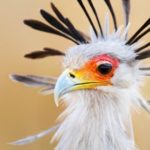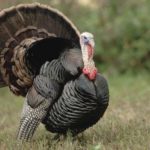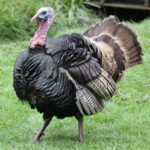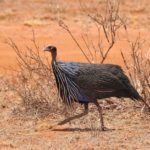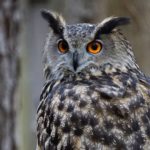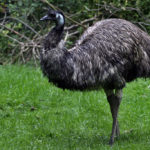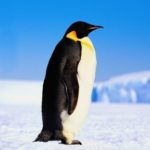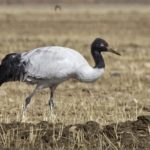Birds – information
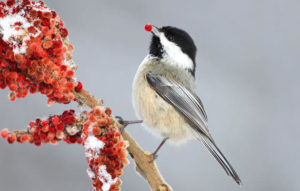 Birds have the largest mass of large pectoral muscles, lower the wing. Their movements create a lift. Small pectoral muscles lift up the wing. Subcutaneous muscles move individual feathers. If the air temperature goes down, they shrink and the bird’s feathers crumble. In this case, the air layer between the feathers and the skin increases, which ensures the preservation of body heat.
Birds have the largest mass of large pectoral muscles, lower the wing. Their movements create a lift. Small pectoral muscles lift up the wing. Subcutaneous muscles move individual feathers. If the air temperature goes down, they shrink and the bird’s feathers crumble. In this case, the air layer between the feathers and the skin increases, which ensures the preservation of body heat.
It is thanks to the movements of the wings that the birds rise into the air. The highest speed in a horizontal flight is capable of developing the Serpahrs – up to 160 km per hour. In many species (rooks, gray cranes, silver gulls, wild geese, etc.), the flight speed during migrations reaches from 50 to 90 km per hour. Although the flight of most bird species during migrations occurs at insignificant heights (from several tens of meters to 1 km), cases of flight of geese at altitudes up to 10 km, and vultures – up to 11 km have been recorded. The eagle, the neck and other representatives of the Sokol figurative series have wide wings. Using the ascending and descending currents of air, they are able to soar in it for a long time.
And what about the birds that destroy an incredible number of insects and rodents – pests of agriculture and forestry. Titmouse eats as many insects per day as it weighs. If it were possible to lay down in one line insects consumed by swiftness over the summer, then it would stretch for a kilometer. Particularly many harmful insects are destroyed by birds during the nesting period. Thus, a pair of pink starlings feed 350 g of locusts per day to the chicks, and 10, 8 kg per month.
For a month, thousands of starlings living in the colony, along with the chicks, destroyed 22 tons of locusts. One owl eats up to 1,000 gray voles and mice in the summer, which means that it preserves 1 ton of bread. If, in doing so, remember the role of game birds that destroy many flies and other vectors of dangerous diseases and cleanse the land of dead carcasses and various scum, birds of weed seed, birds carrying the seeds of valuable trees and shrubs, it is not difficult to understand which faithful and disinterested Feathered friends in humans.
